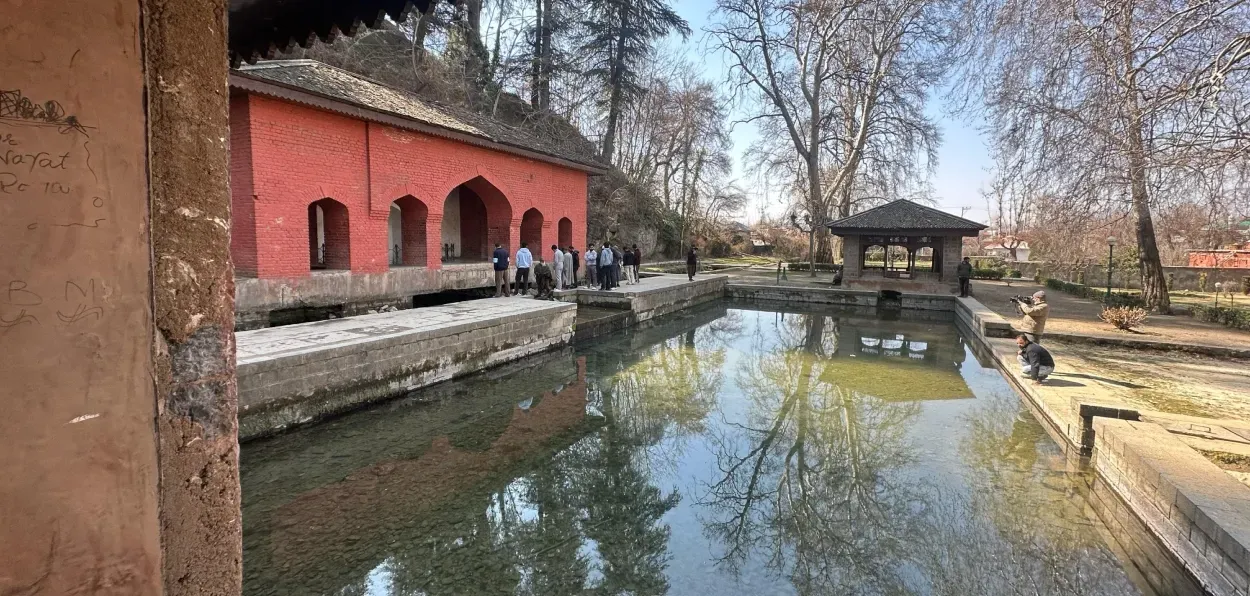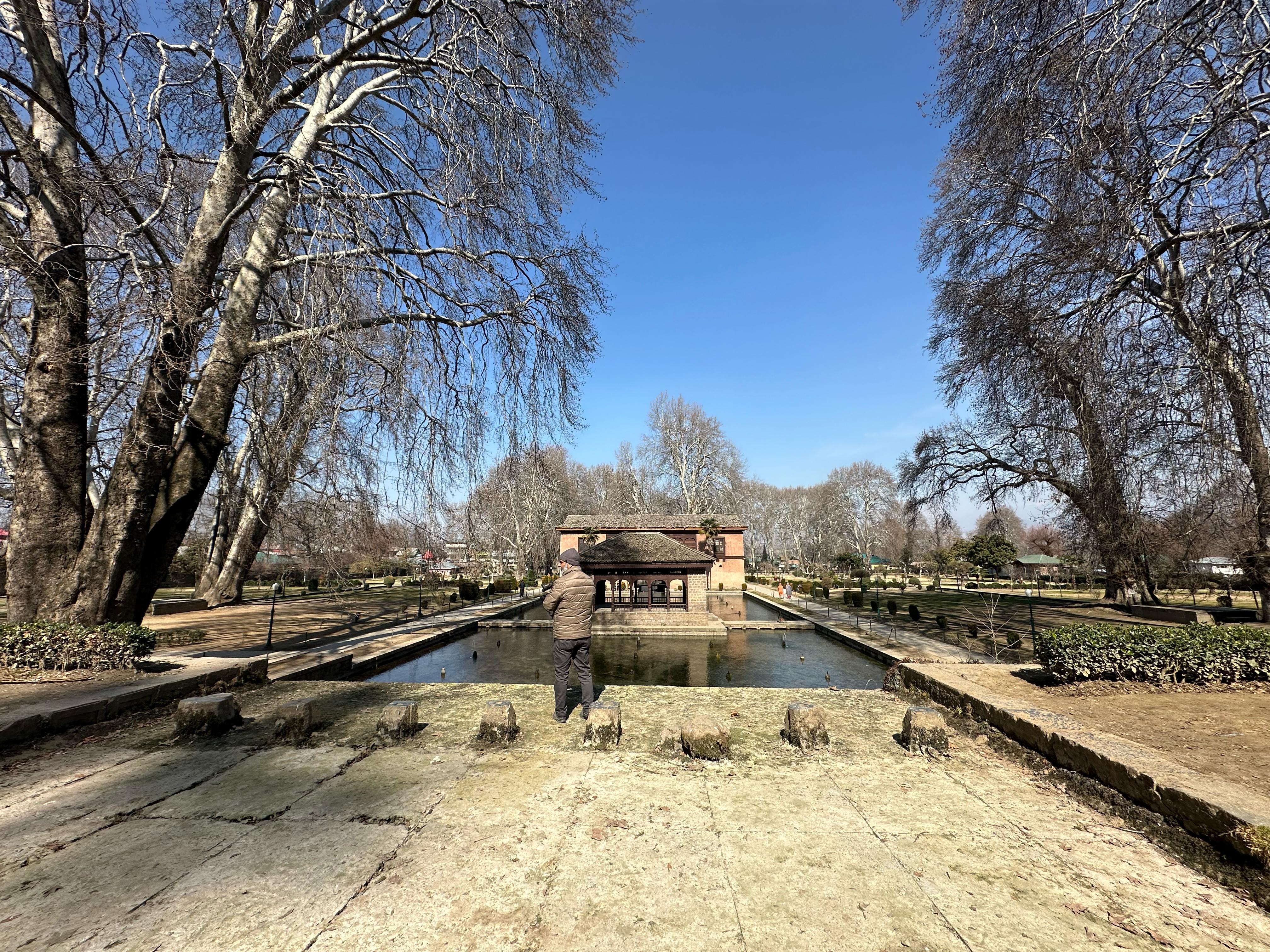
Basit Zargar/Srinagar
For the first time, the spring of Achabal in Kashmir's Anantnag district over which the Mughals have built a structure and laid a garden, has dried up, leaving its once-lively fountains and stream emanating from it dry.
Experts attribute this unprecedented crisis to climate change, marked by rising temperatures, deficient rainfall, and depleting groundwater levels.
However, the immediate trigger is less snowfall and earlier low rainfall in Kashmir.
The spring is the source of water supply to at least ten villagers where people are now using water supplied by tankers
Shabir Ahmad, a social activist, expressed deep concern over the garden’s decline. “We’ve never witnessed Achchabal Spring in this state before. The spring has dried up causing a severe shortage of drinking water in the area. Pollution and reduced snowfall are worsening the situation.”
The impact extends beyond aesthetics. Ahmad added that local agriculture and horticulture are at risk due to water shortages, forcing many nearby villages to rely on water tankers.
“It’s time we unite to preserve our water bodies and save them from further pollution,” he urged.
 A local looking at the poor waterflow from Achabal spring
A local looking at the poor waterflow from Achabal spring
Mushtaq Ahmad, another resident, described the drying of Achabal Garden as a loss of heritage. “This garden is part of our identity. If immediate action isn’t taken, it may never be revived.”
Dr Masoon A Beig, a geographer, explained that changing precipitation patterns due to climate change have severely affected Kashmir’s natural springs.
“The reduction in snowfall and prolonged dry spells have exacerbated the crisis,” he said.
Gowhar Ahmad, Assistant Executive Engineer (AEE) of Jal Shakti Achabal, confirmed that the spring had supplied water to over a dozen villages through 15 water supply schemes.
“Now that the spring has dried up, about 80 percent of the area has been affected. We are providing water to the affected villages via tankers,” he said.
Chief Minister Omar Andullah wrote a post on it on X:
J&K is staring at a water crisis this year. It’s not a recent phenomenon, actually it’s been building up for a few years now. While the government will have to adopt a more proactive approach for water management & conservation, it can’t just be a government centric approach. All…
— Omar Abdullah (@OmarAbdullah) February 19, 2025
Kashmir Valley as such is suffering from water scarcity as most of the springs in the hilly areas have dried up.
As the crisis deepens, calls for urgent conservation efforts grow louder, with residents and experts alike stressing the need to combat climate change and water pollution to protect Kashmir’s heritage and future.
